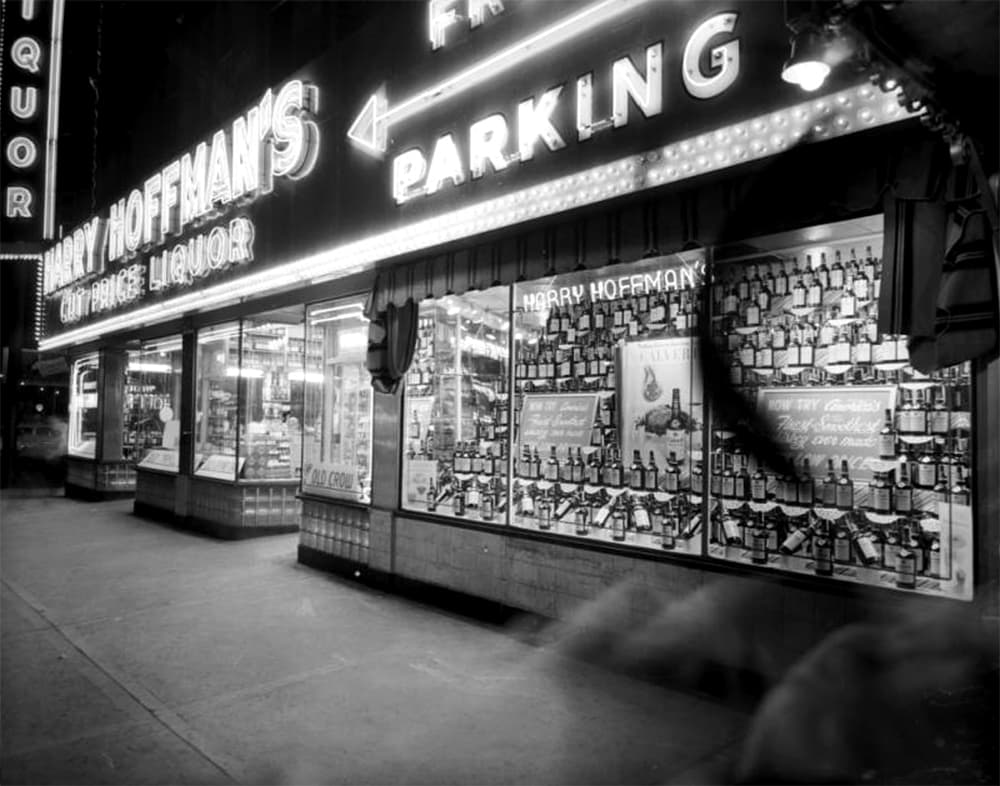Hi, everyone! I have to go to a meeting like right now, so no time for a long note, but you should know that I love and support both the news and its readers, and so I have once again done my best to connect one with the other. READ.

On the ground at the Haxtun fire:
"Farmers summoned by the smell of smoke Monday night drove their tractors miles to dig fire lines, aiding a small army volunteer firefighters protecting their town and its 900 residents," Jesse Paul writes. The 30,000-acre fire in northeastern Colorado was coming under control by Tuesday afternoon, but the economic damage may be "phenomenal," a county commissioner tells Paul. (DP)
Boulder still doesn't like tall buildings:
The city extended a rule that keeps builders from going beyond 40 feet tall for at least another 15 months, except for in a few areas, as Alex Burness reports. Developers and density advocates argued that the restriction keeps housing prices high. (Daily Camera)
How the RiNo sausage gets made:
You can read this story two ways. Marisol Enriquez says developer Bernard Hurley used unfounded claims of pollution to gain negotiating leverage over her parents. Hurley says that he was protecting his own property from contamination, a common issue in RiNo. (Denverite)
Longmont wants transit:
Calls are growing louder for RTD to speed up the extension of its lines up toward Boulder. (DP)
225 acres for recovery:
The state spends about $5 million per year on Fort Lyon, a former military base that has become a huge addiction rehabilitation community some 200 miles southeast of Denver. It's unique because people can stay for two years or longer if need be and because it doesn't follow the housing-first approach to homelessness, as Andrea Dukakis and Nathaniel Minor report in a feature. (CPR)
Also on the plains: a ghost town that once was the "most successful, best known, African-American farming community in the United States." Luke Runyon's got your history. (KUNC)
New Changing Denver:
Paul Karolyi's podcast this week features the history of Civic Center. I haven't listened yet, but I'm about to. (Confluence)











